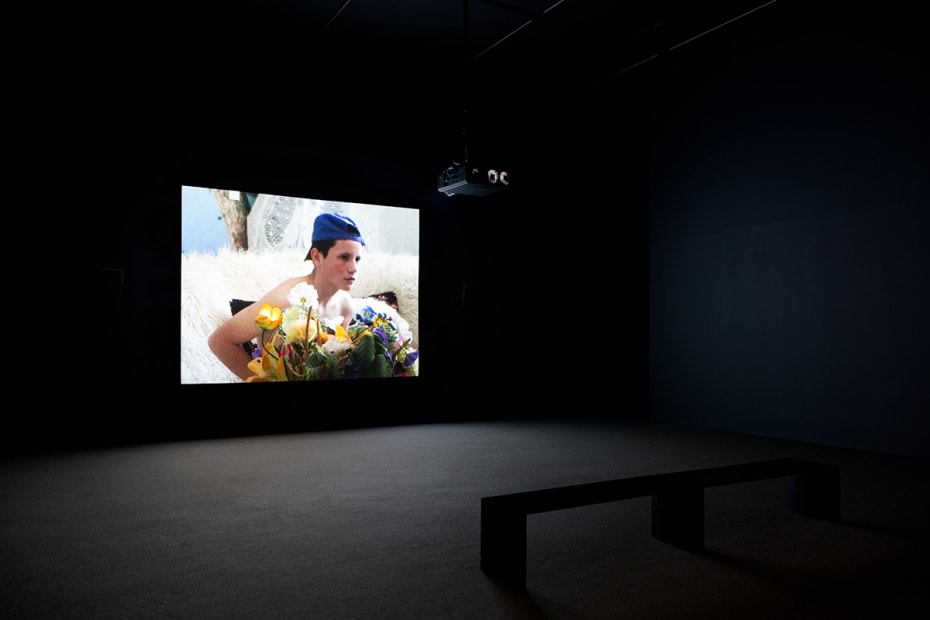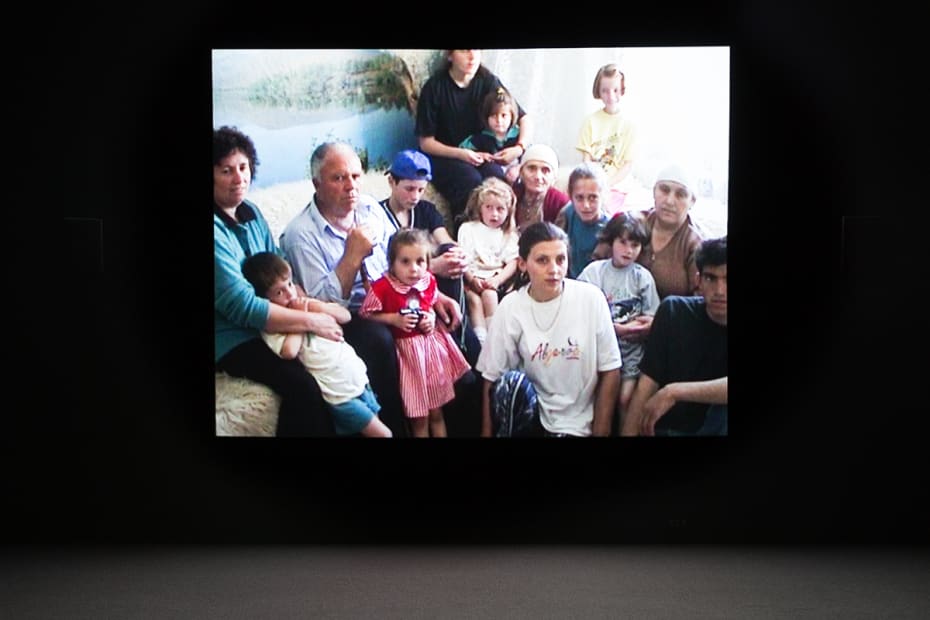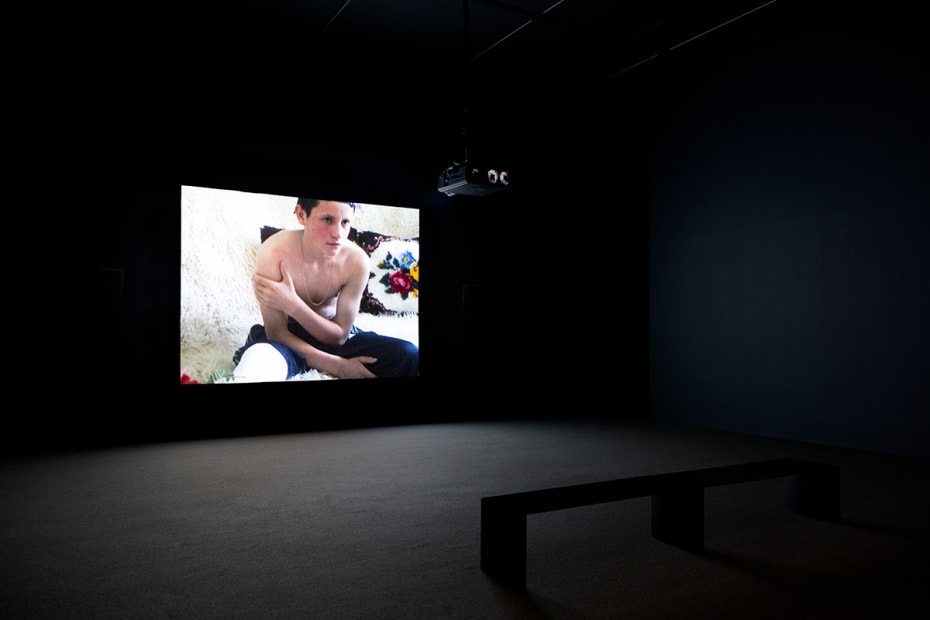Shot during the Kosovo War (1998–99), how to make a refugee, by British artist Phil Collins (born 1970), addresses the depiction of war victims by journalists and documentarians. Here Collins brings a critical, self-conscious eye to the conventions governing the representation of suffering in the media.
In this work, Collins captures the moments just before, during, and after a photo shoot organized by a team of journalists working in a camp in Macedonia. Their subject is a family of Kosovan-Albanian refugees. Over the course of the video, the artist grants very little specific insight into the family and the events that brought them to Macedonia, but provides a great deal of information about how carefully such photo shoots are orchestrated, always with an eye toward manipulating the emotional and political response of viewers.
Collins is equally sensitive to the role that cameras play in mediating this relationship—one founded on equal parts suspicion and fascination, exploitation and advocacy—between those who do the depicting and those who are being depicted. Precisely how sitters and creators address one another through and across the camera lens is as much the topic of his video as the Kosovo War and the war refugees themselves. As Collins has said of how to make a refugee: "A camera brings interested parties together. It attracts and repels according to circumstance or whim . . . You could say that [this work] is driven by an emotional relationship with the subjects, rather than the rational or sensational standards of journalism."



